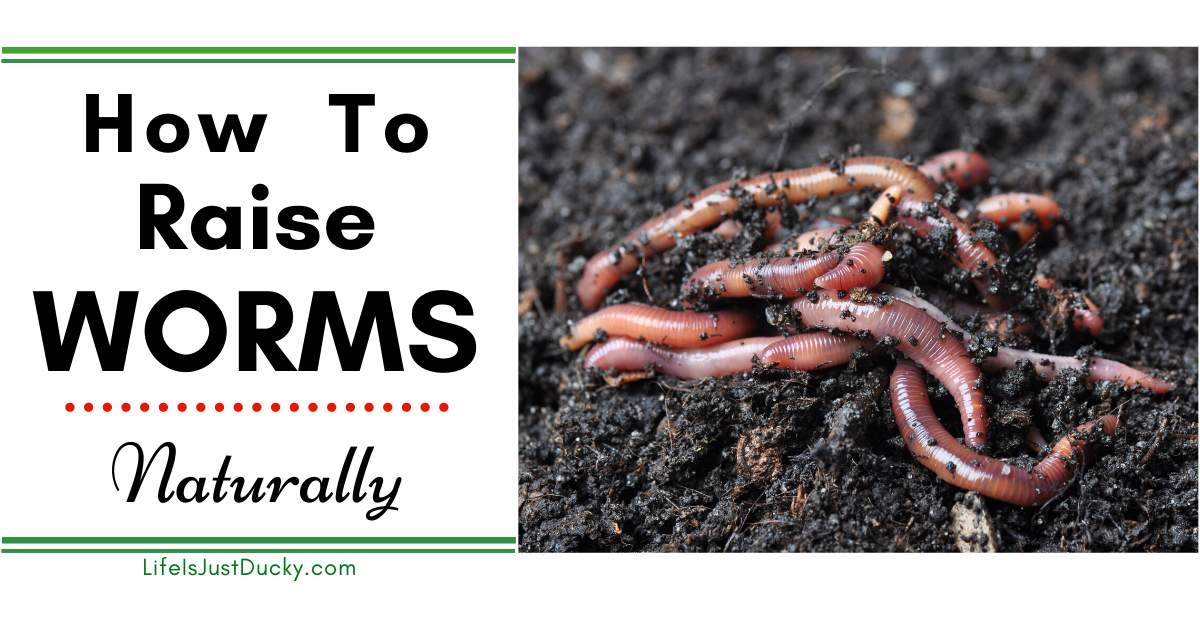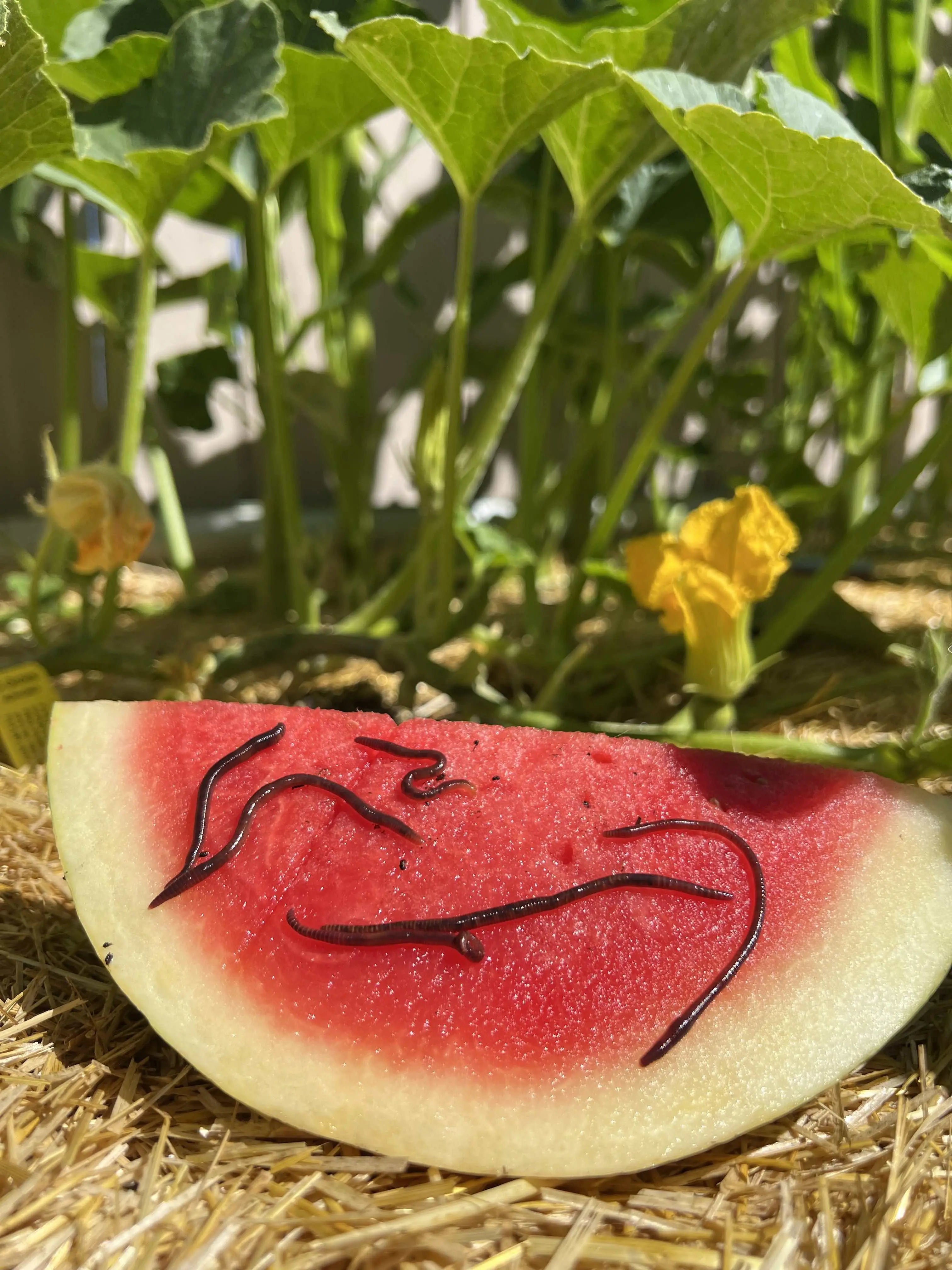Discovering the Devices of Red Wiggler Composting: A Comprehensive Overview to the Process and Its Positive Effect On Lasting Gardening Practices
The intricate devices of red wiggler composting, using the special physiology of Eisenia fetida, provide a compelling method for enhancing lasting horticulture practices. This process not just changes natural waste right into nutrient-dense vermicompost yet also fosters a healthier soil environment via boosted oygenation and microbial activity. As metropolitan gardening gains traction, understanding the nuances of this composting method becomes increasingly relevant. The trip right into its myriad benefits and best practices is simply starting, triggering a closer exam of just how this method can reshape our horticulture techniques.
Comprehending Red Wigglers
Red wigglers, scientifically called Eisenia fetida, are a species of earthworm very related to for their efficiency in composting natural waste. These worms thrive in nutrient-rich settings, particularly in decomposing organic issue, making them perfect for vermicomposting systems - Red Wiggler Composting. Identified by their reddish-brown coloration and segmented bodies, red wigglers are smaller sized than common earthworms, generally gauging in between three to 4 inches in length
Their special physical characteristics boost their composting capabilities; as an example, they have a high reproductive price, allowing populaces to increase rapidly under appropriate problems. Red wigglers consume organic material, damaging it down via their digestive system systems, which results in nutrient-rich castings that function as a superb organic fertilizer. Their starved hunger allows them to refine huge quantities of food waste efficiently, considerably minimizing land fill contributions.
In addition to their composting prowess, red wigglers play a crucial duty in dirt wellness. Red Wiggler Composting. They freshen the dirt and promote the decomposition of organic issue, further enriching the soil community. Comprehending the qualities and environmental benefits of red wigglers is vital for any individual aiming to apply lasting horticulture techniques via efficient composting techniques
The Composting Process
The composting process involves damaging down organic products right into nutrient-rich compost, a task that red wigglers excel at due to their specialized digestive system systems. These worms eat food scraps, lawn waste, and other raw material, transforming them into valuable compost via a collection of chemical and organic processes.
At first, the raw material is blended with bedding products such as shredded paper or dried fallen leaves, producing an ideal setting for the worms. As the red wigglers consume this mixture, they damage it down with their gut, where microbes additionally break down the product. This process generates warmth, advertising microbial activity, which speeds up decomposition.

Benefits of Red Wiggler Composting
Eco-conscious individuals and many gardeners recognize the numerous advantages of red wiggler composting, making it a preferred selection for reliable waste administration. One of the primary advantages is its ability to dramatically minimize organic waste in garbage dumps - Red Wiggler Composting. Red wigglers effectively damage down kitchen scraps and other eco-friendly materials, imp source transforming them right into nutrient-rich vermicompost that improves soil wellness
Additionally, red wiggler composting improves soil framework and fertility. The resulting vermicompost is bristling with helpful bacteria, which promote plant development and enhance nutrient retention. This natural plant food not only sustains sustainable horticulture methods but Discover More additionally decreases dependence on chemical fertilizers, fostering a much healthier community.
In addition, red wiggler composting is a space-efficient technique, making it perfect for city gardeners with minimal area. The procedure can be carried out inside or outdoors, enabling year-round composting no matter climate problems. Red wigglers are low-maintenance organisms that need marginal care, making them easily accessible for novice garden enthusiasts.
Essentially, the benefits of red wiggler composting prolong past waste decrease; they add to much healthier dirts, sustainable gardening methods, and ecological stewardship, placing it as an important method in contemporary horticulture.
Best Practices for Composting
For successful red wiggler composting, sticking to best techniques is necessary to optimize effectiveness and ensure an effective environment for these worms. This equilibrium promotes optimum decomposition and boosts the worms' health and wellness.
Following, monitor dampness levels, going for a damp, sponge-like uniformity. Extremely wet problems can result in anaerobic disintegration, while extreme dry skin may impede worm task. Furthermore, make certain proper oygenation by transforming the compost consistently, which helps stop compaction and enables sufficient oxygen circulation.
Temperature level is one more important factor. Preserve an array of 55 ° F to 77 ° F(13 ° C to 25 ° C) to advertise worm activity and microbial development. Ultimately, prevent presenting meat, milk, and oily foods, as these can attract bugs and develop smells.
Enhancing Lasting Horticulture
Lasting horticulture embodies a holistic technique that integrates eco-friendly concepts with sensible horticulture methods. By integrating techniques such as red wiggler composting, garden enthusiasts can dramatically boost their techniques, cultivating a more resistant ecosystem. Red wigglers, renowned for their efficient decomposition capabilities, transform natural waste right into nutrient-rich garden compost, consequently enhancing the soil without depending on chemical fertilizers.
Executing sustainable horticulture strategies, such as plant rotation, companion growing, and mulching, more enhances the advantages of composting. These methods not webpage only improve dirt framework and fertility however also advertise biodiversity, bring in helpful bugs and organisms that add to grow health and wellness. Furthermore, utilizing indigenous plants can minimize water consumption and minimize upkeep, lining up with water conservation initiatives.

Final Thought
To conclude, red wiggler composting stands for a crucial technique for improving lasting horticulture techniques. The reliable digestion of organic waste by Eisenia fetida not only generates nutrient-rich vermicompost yet additionally promotes enhanced soil health and framework. By advertising cardiovascular decay, this technique minimizes smells and waste while lowering reliance on chemical fertilizers. Ultimately, the fostering of red wiggler composting can dramatically add to environment-friendly gardening, profiting both metropolitan and newbie gardeners in their farming initiatives.
The detailed systems of red wiggler composting, making use of the distinct physiology of Eisenia fetida, provide an engaging avenue for boosting sustainable horticulture techniques. Comprehending the attributes and eco-friendly benefits of red wigglers is crucial for anybody looking to apply sustainable gardening techniques through efficient composting approaches.

In verdict, red wiggler composting stands for an important method for enhancing lasting horticulture practices. Ultimately, the fostering of red wiggler composting can substantially contribute to environment-friendly gardening, profiting both city and newbie gardeners in their farming efforts.